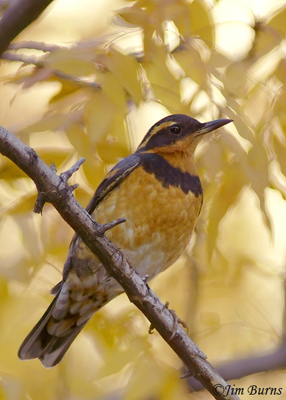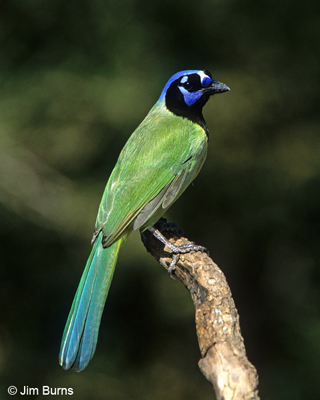
Visuals trigger sounds that elicit memories. And sounds evoke visuals that conjure the past. To this day, faraway train whistles, especially in the night, transport me to the small Midwestern city, home to railway line stockyards, where I spent my youth. Helicopters still and always will speak to me of the war, and the culture wars, of the sixties. And even though I am not an ear birder, birdsong produces remembrances of people and places in my past, many nostalgic.
Much has been written about the haunting quality of nightbird calls, especially those of owls. Assuredly this is because most of those are heard in darkness, and that absence of light lends uncertainty to the search and gives their “song” a ventriloquial, other worldly quality. We will never forget our first Flammulated Owl, the low, eerie, “boo, boot” every four seconds, much closer than we thought, and before we could locate it in the night dark Ponderosa forest, we were located by a curious bear.
As I grow older I find it is the simple songs some would dismiss as only calls that are the most evocative. As I scrolled through iBird Pro for my last column looking for sounds of Pinyon Jay, I fat-fingered the app and heard the harsh, rapid scolding of Green Jay instead. Instantly I was immersed in the lush humidity of Texas’s Lower Rio Grande Valley. The app transcribes the Green Jay voice as “shink, shink, shink,” but it says “tropics” to me, so my mind wandered on, into the jungles of Costa Rica.
I was immediately on the northern Caribbean slope listening to the clear, sweet, one note whistle of the Nightingale Wren as it stair-stepped, slowly and deliberately, down the musical scale, leapt back to the top almost beyond my range of hearing, then started down again. This elusive jungle wraith, a bird we heard, eventually saw, but never photographed, then brought to mind all the trips, planned but untaken, and all the time lost to these last three years of pandemic.
From there it was a small leap to other losses, pre-pandemic, all still painful. We are on Mt. Mansfield, the highest mountain in Vermont, watching Pat Pratt’s upraised hand, his index finger rising and falling with the song of Bicknell’s Thrush. The sound is far away but piercing, a descending flute of notes, another bird seen and heard but not yet photographed, the memory more poignant since the loss of Pat’s lovely wife, Chris, our companion on the mountain that day.
I spend almost no time on social media, but I spend a lot of time inside my head, and so I wonder how I get any writing, or really anything at all, actually done. I’ve heard it said nostalgia is the greatest affliction of the aging process. I suppose one should only hope to be that lucky. A lifetime of birding, though, has made the memories mostly fond, some even joyous, but there is that certain certainty that makes “nostalgia” a word fraught with remembrance and regret. Remembering my last column, I pick up my phone, find iBird Pro, carefully scroll to American Robin, and hit Dawn Song. It always gets me through the day. Too bad, I think, that robins are not nightbirds.